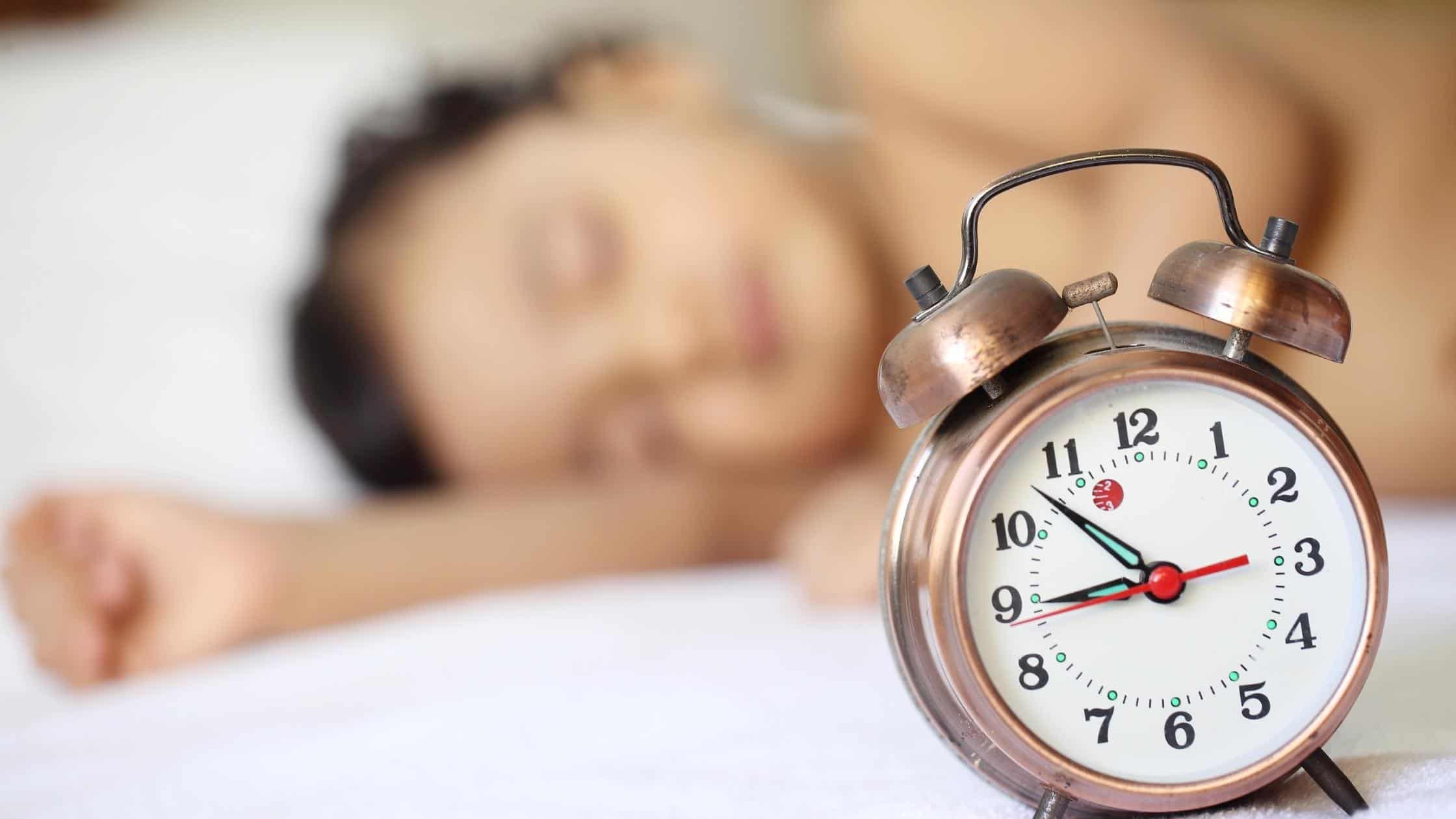Spring Forward. If you’re a rabbit and you hear those words, then you are probably just going to think, “yeah, i do that all the time.” However, if you’re a person and you hear those words, you’ll probably think “oh no, not THAT again!” Unfortunately for just about everyone reading these words, we are negatively impacted by the affects of Spring Forward every year. Now that you have a baby at home, does this impact them as well? That is a great question to ask. We are going to cover that and so much more today as we explore Spring Forward and how to deal with its impact on both your sleep schedule and your baby’s.
Impact On Your Child? (Spoiler Alert: Yes)
How will spring forward impact your child’s sleep schedule? It depends on how old your child is. This is one of the few phenomena that happens to actually affect older children (toddler +) more drastically than infants and newborns. For infants and newborns, since they are still literally developing their circadian rhythms and sleep schedules in general, an hour difference here or there won’t (usually) make a huge impact or difference in their sleep life. For toddlers, however, we are not so lucky. Since their sleep patterns are pretty well established at this point, having to go down for a nap and wake up in the morning an hour earlier can throw a huge wrench into things. This can affect how quickly your toddler goes down for their naps and their sleep at night.
How To Mitigate Effects On Your Child’s Sleep
You can help to lessen the impact on your child’s sleep pattern in a couple of ways. The first way is by gradually moving their nighttime sleep routine and nap time routine forward starting about five days before the actual Spring Forward event. Start with just initiating your routines fifteen minutes earlier on the first few days, then thirty minutes earlier for the next few and finally forty five minutes earlier for the last few days until right before the actual changeover occurs. This is a little more of a complex way to do it, but it can significantly help to blunt the impact of the hour time change.
The second way is to do a similar transition, but just do thirty minutes early for nap and bedtime starting four days before the time change. This will be a little less gradual and may be rougher to start, but is much easier to execute and remember. This may be the best option for very busy parents or if your children aren’t hugely impacted by sleep routine changes.
Adjust Your Light At Home As Well
Since the sun will appear to be out earlier after the change, then you may want to ensure that your blinds and curtains in the room that your baby sleeps are going to keep light out. It is easy to forget to close the blinds and curtains the night of the transition only to have the sun glaring through your window first thing in the morning. Do a spot check of each room that your baby uses to sleep to make sure that all window coverings are in place and functional and closed to the proper degree that the extra sunlight won’t disturb your child’s rest.
Parting Thoughts
While it may seem that losing an hour when we “Spring Forward” will be downright awful, it’s actually not that bad. Here at The Early Weeks we don’t generally get dozens of emails and phone calls from families this time of year (“Fall Back, yes, we get a lot)! When we lose an hour, it’s easier in the schedule to mitigate that. When we gain an hour, it is much harder to adjust over a few days. Usually a few weeks is more appropriate.
If you have questions about your infant or child’s sleep, please reach out. We would love to help! Please reach out to us here!
![]()
